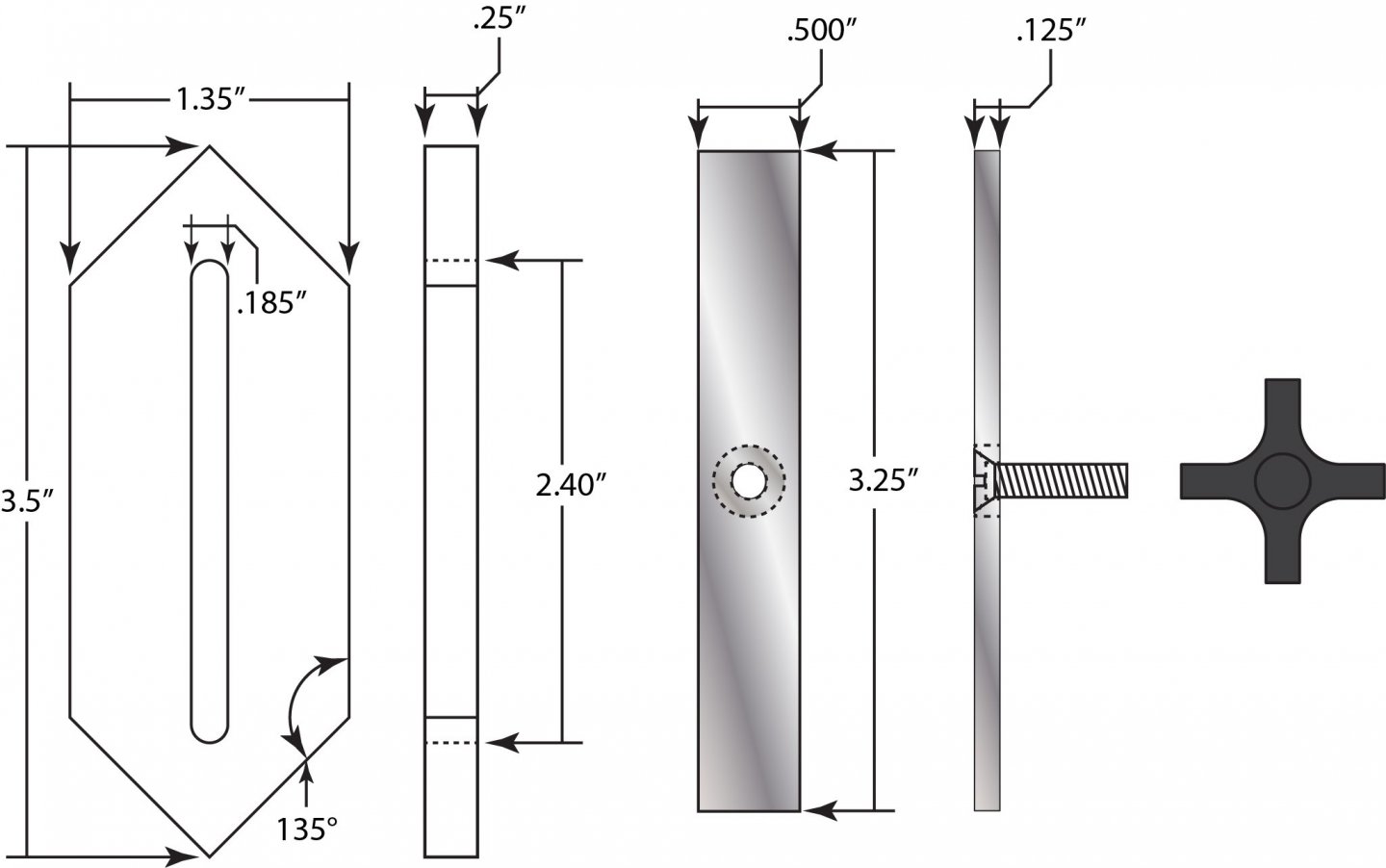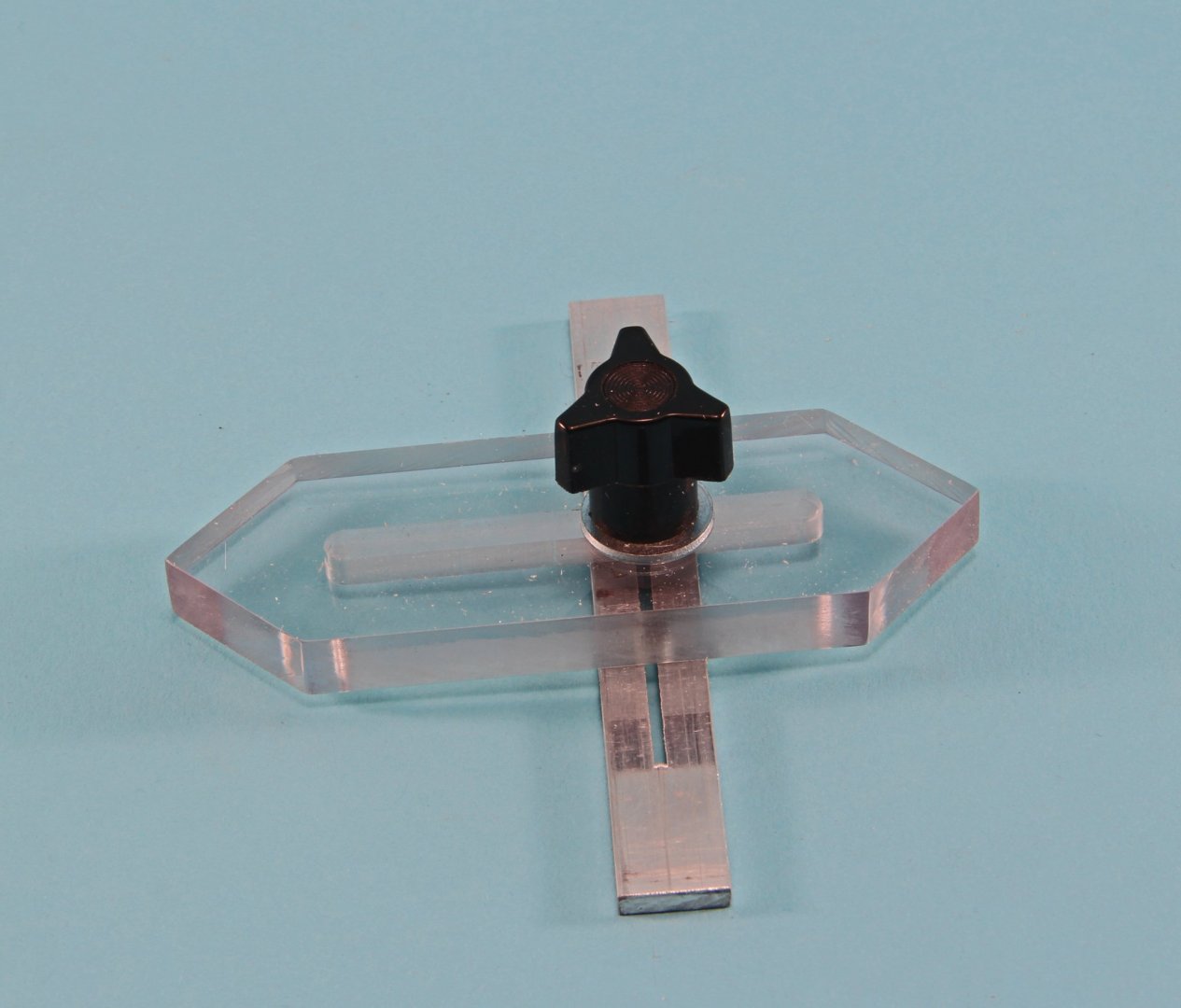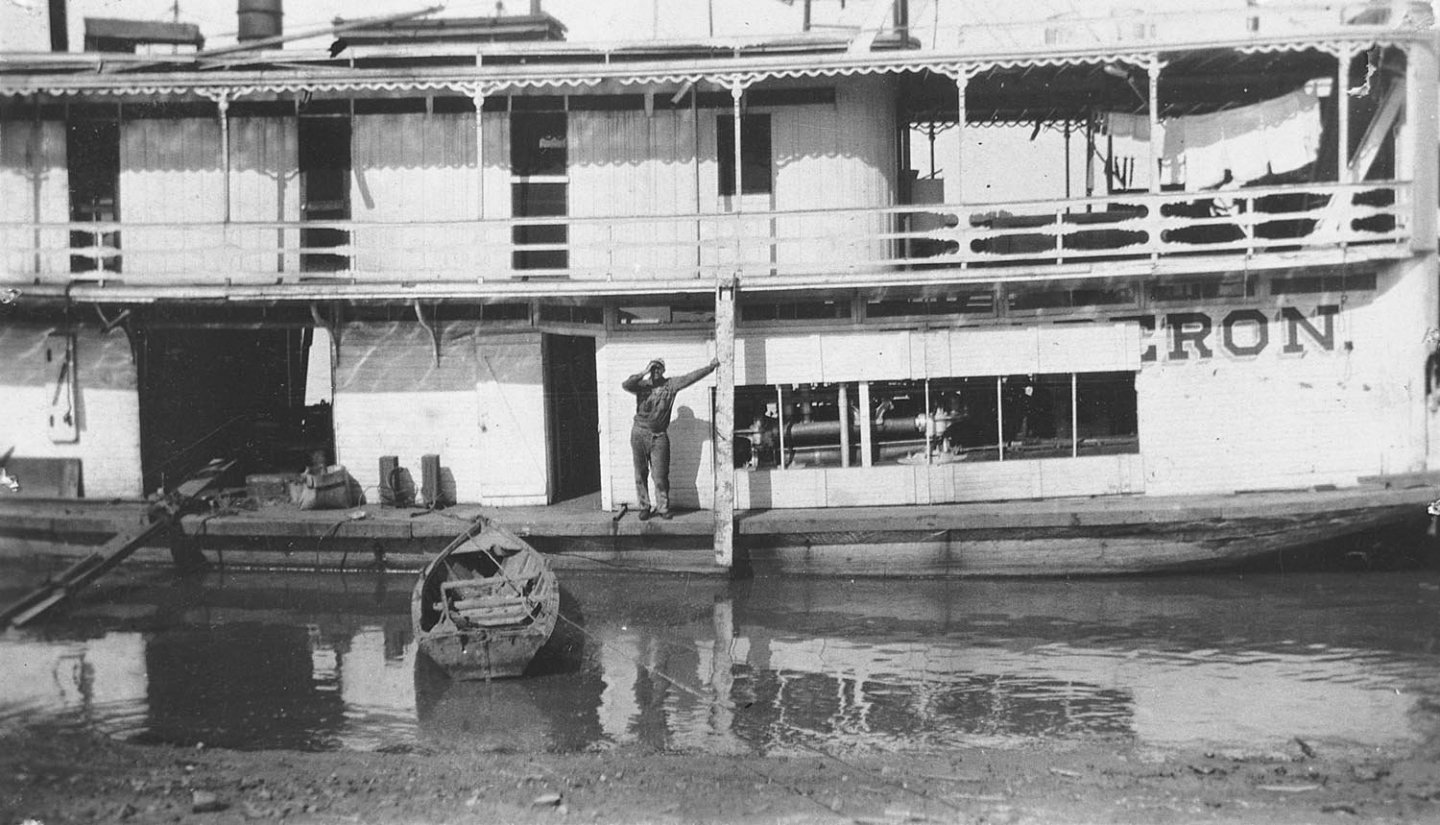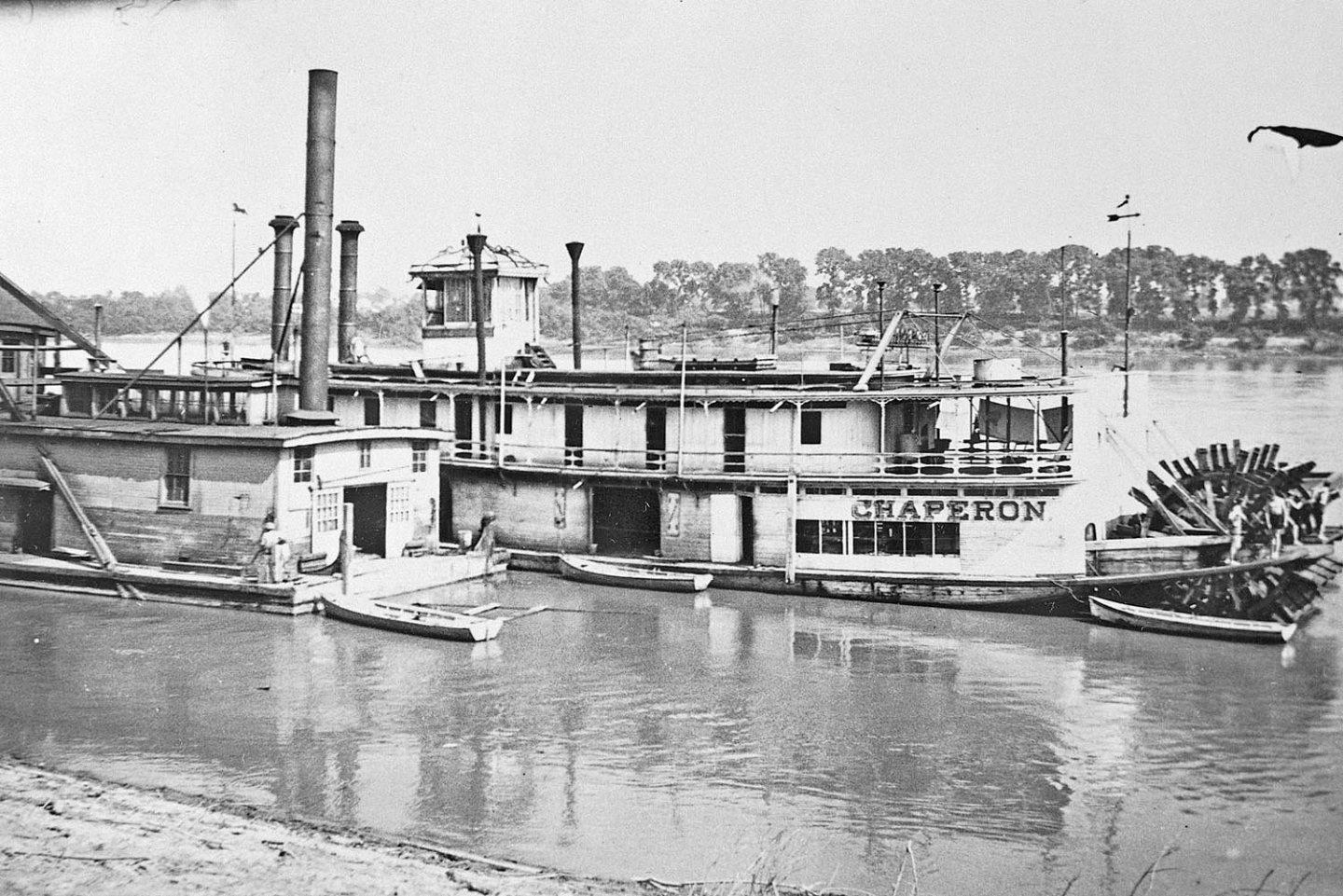-
Posts
3,026 -
Joined
-
Last visited
Content Type
Profiles
Forums
Gallery
Events
Everything posted by kurtvd19
-
Welcome to MSW and model boat building. This is a great place to learn about the hobby. You might want to check out the local area model ship club in Denver - The Rocky Mountain Shipwrights. A great group who will welcome you. https://rockymountainshipwrights.org/ Kurt
-
Welcome to MSW Tom. We welcome you and your company. Note from Admin: CAF now meets all criteria as a legitimate MFG of ship model kits. They have stopped producing all kits based on source material they did not have the rights to use, mainly from Ancre. The kits currently available on their website including the Enterprise, are perfectly fine and original works not taken without consent from other authors, designers and mfg's. We are currently helping Tom at CAF to acquire the proper rights through an agreement with Ancre to make any Ancre kits legally allowable. Until such time all CAF /Ancre inspired kits are not allowed on MSW. But we are hopeful they soon will be. CAF has stopped mfg them and selling these Ancre related kits voluntarily after admitting he copied the material from Ancre without consent. Negotiations are currently underway to rectify that situation. We will make an announcement as soon as they reach an agreement. Yes there is some leftover stock of these Ancre CAF kits available through distributors which you can buy but they are still prohibited from being built within a build log here on MSW until the agreement is finalized.
-
Denatured alcohol will wipe away pencil line - just remember to only use a white cloth or the alcohol will leave a colored rag's color on the wood.
- 90 replies
-
- finished
- Midwest Products
-
(and 1 more)
Tagged with:
-
The video Ron posted of Ken's Intro to Airbrushing is something I recommend to all those new to airbrushing. The most complete short seminar out there. To Dave's question about cleaning between coats (sorry I didn't see your text message till just a few minutes ago) there is no need when using acrylics to wait between coats on something like a hull. By the time one paints the port side with a second coat the starboard side is ready for it's second coat. There is a tendency for paint to dry on the tip of the airbrush with any paint but with acrylics it collects quicker and heavier. It's always best to preemptively flick the dried paint off the tip than to wait till you see it affecting the paint application. Experience will help to know how long this takes with the paint, pressure and atmospheric conditions. But as long as the airbrush isn't set down for other than short periods there shouldn't be any need to clean it between coats of paint. If stopping for lunch, clean it to the point there is no residual paint showing on a clean paper towel. At the end of the day always do a thorough cleaning. Take care, Kurt
-
I like the natural look. Might the shingles be a use for laser board? Being thinner to start the might not need sanding. Kurt
- 1,784 replies
-
- winchelsea
- Syren Ship Model Company
-
(and 1 more)
Tagged with:
-
If you are only blackening then I would have no concern using a stainless steel sieve. But if you plan to do any plating the Sparex may be contaminated by the SS if it isn't of high quality and then interfere with the plating process. Copper tweezers or the plastic alternatives mentioned are needed if plating is a possibility. Kurt
-
JUST TO LET EVERYONE WAITING FOR THEIR COPY OF YOUNG AMERICA II BY ED TOSTI THAT THE BOOKS HAVE FINALLY REACHED THE WAREHOUSE AND SHIPPING OF ALL BACK ORDERS WILL BEGIN SHIPPING TODAY. IT'S JUST THAT MY PRINTER KEEPS FINDING NEW AND NOVEL WAYS TO CREATE NEAR "FUBAR" SITUATIONS. THANKS FOR EVERYONE'S PATIENCE. BOB fRIEDMAN
-
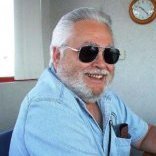
Half Hull Planking Project
kurtvd19 replied to tlevine's topic in NAUTICAL RESEARCH GUILD - News & Information
The Planking Kit is now available in the NRG Store. Please note the 3 options to buy - US, Canada, Other . Please click on the correct link for where you live. Remember NRG members get 20% off. https://thenrg.org/half-hull-planking-kit.php Kurt -
Welcome aboard
-

Can i live without a BYRNES TABLE SAW
kurtvd19 replied to shihawk's topic in Modeling tools and Workshop Equipment
Eric: Sorry. The extended rip fence is $30 and well worth it. The Miter Gauge adjustable extension is $12 and well worth it. I got the prices messed up. The $8 miter bar I mentioned isn't such a good buy when the adjustable extension is only $12. The micrometer stop isn't needed in my opinion. The saw does not have markings for width of cuts. Use a metal scale to measure from the blade to the rip fence. If you are going to be cutting planking make an adjustable tool to set the width like the one I made - photos attached. Absolutely no difference in plank width because the tool isn't moved between planks - the rip fence moves but the tool to the left of the blade sets the width. Kurt -

Can i live without a BYRNES TABLE SAW
kurtvd19 replied to shihawk's topic in Modeling tools and Workshop Equipment
Eric: You will never regret buying one. I would get the extension bar for the miter gauge. There is a plain one for $8 or the adjustable one for $30. I add a longer piece of hardwood to the $8 bar when I am doing angled cuts - attached with double faced tape. If I have occasion to order something else from Jim I will probably pick up the $30 adjustable one - but I haven't had any issue with just adding another piece with the tape. But you really need one or the other. The extended fence is a very good - must have - addition. I think the std fence is just too thin - but I also use a big Bissemer (sp?) style fence on my 10" saw. A couple of zero clearance inserts so you can have one matched to each blade you use. The other accessories are luxuries. I purchased the tilting table and have used it one time in several years - it paid for itself on that job but it hasn't been used since. Kurt -
Welcome to MSW
-
I will have to check my files - I didn't have the photos I posted, noted as being from a later build. I will check the UofW library. Ralph would have had the right boat noted in their files. The photos in my collection that I am sure are of the correct Chaperon seem to show the same type of boat as in the photos I posted. Kurt
- 133 replies
-
- chaperon
- model shipways
-
(and 2 more)
Tagged with:
-
Bob Friedman, the owner of SeaWatch Books is hospitalized. He is getting better and expects to be home sometime this week. Please be patient if you have placed orders or sent emails to SeaWatch recently. Bob will be able to answer emails and process orders soon. He asks that you be patient and that he will answer emails and process orders ASAP. Thanks, Kurt
-
That computer generated Chaperon is neat. The guy seems to have used a lot of sources to put it together but I think there are a lot of presumptions - especially the interior. The interior looks just way too elegant to be accurate from the history I was able to find on the Chaperon. I could be wrong about this and I would sure be interested in seeing more of the documentation he used. I will try to find out more. As to the life boat I have attached two photos from my files that clearly shows it tied off alongside. Other photos I have seem to support this being the same boat are small and unable to be enlarged enough to confirm it's the same boat. There were changes to most steamboats over time and the aft boiler deck cabin structure is different than the kit. I have photos of the Chaperon that show the aft end that agrees with the kit. But there is documentation of several rebuilds of the Chaperon over time and none of the photos have been dated. The photos were taken from various sources - obviously none are copyrighted. As to rudders, I have not sen any photographs that show the rudders and I wouldn't say if it had two or three forward rudders. I have never seen any evidence of monkey rudders behind the wheel. If you like the look of three rudders go for it - there isn't anything that I have seen that would say it had two or three but three was very common.
- 133 replies
-
- chaperon
- model shipways
-
(and 2 more)
Tagged with:
-

Is there a Beginner’s Guide to Metal Work?
kurtvd19 replied to VTHokiEE's topic in Metal Work, Soldering and Metal Fittings
Greg: I have used the paste/flux combo and it works great with a torch. Have not tried it with the resistance soldering but I expect it would work fine. You are so right about warming the piece and that the solder flows to the heat - a very important point that isn't stressed enough. -

Is there a Beginner’s Guide to Metal Work?
kurtvd19 replied to VTHokiEE's topic in Metal Work, Soldering and Metal Fittings
I have used it with resistance soldering as well as a torch. -
With the manner in which the COP was built I can guarantee you that the rails would have been plain black pipe - not brass. I would get out the green paint. Kurt
- 26 replies
-
- city of pekin
- model shipways
-
(and 1 more)
Tagged with:
-
I said earlier that Model Expo always carries through on their replacement parts policy. On an unrelated issue from another customer regarding parts replacements - for a many years old kit - the owner of Model Expo contacted me today to help him contact one of our MSW members that he had a problem contacting. I was able to help him so he could contact the guy rather than waiting for the guy to wait a long time and then try to contact them again. Was able to help him. Just shows they do care and will do everything they can to get the parts to the customer.
-
They usually respond with the appropriate parts but they never seem to acknowledge the requests other than by the delivery of the parts. One would think that with their commitment to providing the parts that they would also figure out that not acknowledging the requests makes people write to this forum thus informing the world that they screwed up and provided bad parts to the customer and then left the customer wondering if they were in fact going to provide the parts.
-
Micro Mark should have on the cover of their catalog - Guaranteed that anyplace you look will be cheaper than here. 😀
About us
Modelshipworld - Advancing Ship Modeling through Research
SSL Secured
Your security is important for us so this Website is SSL-Secured
NRG Mailing Address
Nautical Research Guild
237 South Lincoln Street
Westmont IL, 60559-1917
Model Ship World ® and the MSW logo are Registered Trademarks, and belong to the Nautical Research Guild (United States Patent and Trademark Office: No. 6,929,264 & No. 6,929,274, registered Dec. 20, 2022)
Helpful Links
About the NRG
If you enjoy building ship models that are historically accurate as well as beautiful, then The Nautical Research Guild (NRG) is just right for you.
The Guild is a non-profit educational organization whose mission is to “Advance Ship Modeling Through Research”. We provide support to our members in their efforts to raise the quality of their model ships.
The Nautical Research Guild has published our world-renowned quarterly magazine, The Nautical Research Journal, since 1955. The pages of the Journal are full of articles by accomplished ship modelers who show you how they create those exquisite details on their models, and by maritime historians who show you the correct details to build. The Journal is available in both print and digital editions. Go to the NRG web site (www.thenrg.org) to download a complimentary digital copy of the Journal. The NRG also publishes plan sets, books and compilations of back issues of the Journal and the former Ships in Scale and Model Ship Builder magazines.



